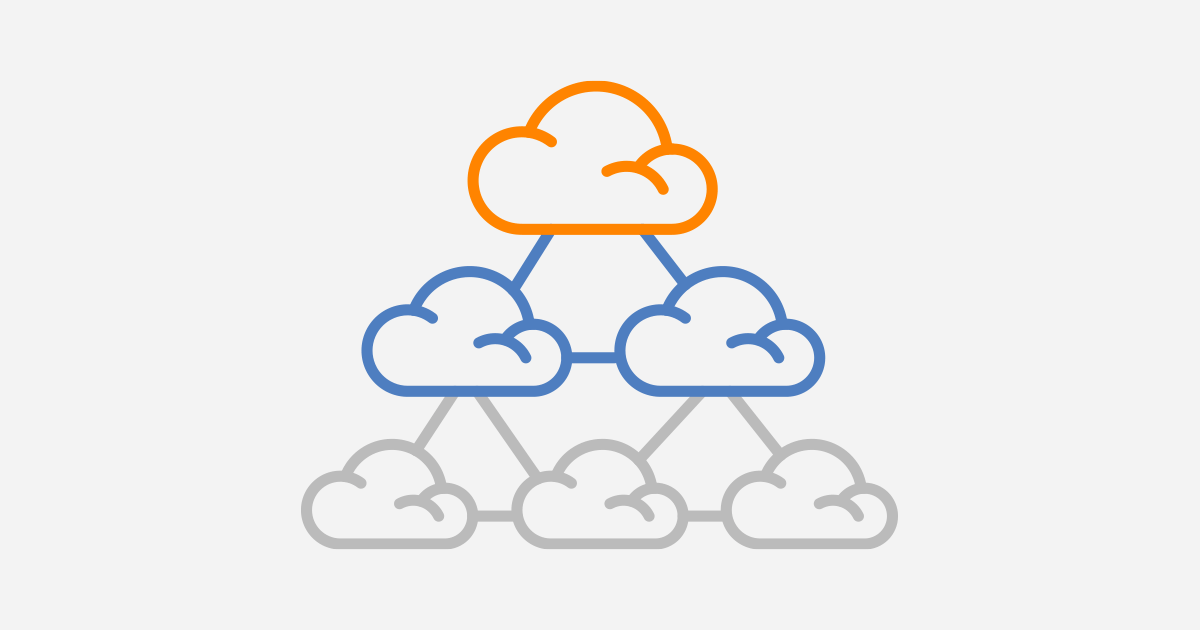In the field of networking and connectivity, knowing the intricacies of IP transit pricing is paramount in order to improve their operations while managing costs efficiently. The underlying pricing structure is a mixture of ports and services each one playing an important role in determining overall amount of money spent. Let’s take a look to understand the economics of IP pricing for transit, focusing on the key elements, strategies and the ramifications.

Port and Service Dynamics
IP transit pricing revolves around the utilization of ports and associated services. Each service must be connected to one or several ports. This creates an adaptable framework that permits the configuration of networks to be customized in accordance with the individual needs. It is crucial to understand the fact that each port can host many services, with costs dependent on the services.
Understanding Committed Data Rate (CDR)
Committed Data Rates (CDR) form the basis of IP transit pricing. They are the minimum data rate that must be met by ports. CDRs must be 10% or more of the port’s size to ensure a basic level of connectivity. If a company chooses 10G and the minimum commitment is 1G. CDR is used to calculate pricing. Higher commitments translate into lower unit charges.
Bursting Over CDR
IP transit ports support bursting over the CDR. This allows companies to handle sudden spikes in traffic. The same price per Mbps is applied to burst traffic, just as it is for the CDR. This allows businesses to be flexible without incurring costs. This is especially beneficial for organizations experiencing changing usage patterns or seasonal variations in the network’s activity.
Factors Influencing Pricing
A variety of factors affect IP transit pricing, such as the amount of commitment data rate, the chosen speed of the port, and amount of traffic. Higher CDRs as well as higher speeds for ports generally result in lower per cost per unit, encouraging companies to increase their connections to attain efficiency in costs. Furthermore, the competitiveness of markets and the negotiating ability of the client can influence pricing agreements.
Maximizing Value and Optimizing Budgets
The process of navigating IP transportation costs requires a strategy to optimize budgets while maximizing value. Businesses must conduct a thorough assessment of their network needs, including factors such as the expected traffic volume, scaling requirements and the performance goals. By aligning their needs with the most suitable pricing plans and services, organizations can make sure they receive the most value out of their investment.
Management of costs Strategies to Control Costs
Companies can cut down on their IP transport costs by implementing cost-management strategies. It is vital to look over price agreements frequently to identify opportunities for improvement and negotiations. Utilizing network tracking and analytics software can aid businesses in making informed decisions.
Future-proofing is vital.
In a technology-driven environment which is rapidly evolving and constantly evolving, making sure that the network infrastructure you use is secure for the future you use will be essential for your long-term success. Businesses must not just think about their current needs but also the future expansion and growth when looking at IP Transit Costs alternatives. Flexible solutions that allow for flexibility and expansion room can reduce the need for expensive upgrade in the future.
Compare pricing models and compare providers
There are a myriad of providers on the IP Transit market each with its unique pricing and model of service. Companies can determine the most suitable provider for their needs by comparing providers, including aspects like reliability and service, as well as customer support in addition to pricing. Think about the value of each provider’s entire proposition, not just their bottom line.
You can also read our conclusion.
To conclude, knowing the economics behind IP transportation pricing is critical for a complete understanding of all the variables such as dynamics, strategies and tactics that are involved. Utilizing insights into the dynamic of port and service as well as optimizing budgets and creating a future-proofed network infrastructure, companies can effectively manage costs while maximizing benefit of their investment. By focusing on strategic planning, making decisions, and an eye on resilience, companies can develop high-performance, robust networks to support their success and development in a global economy that is increasingly connected.
